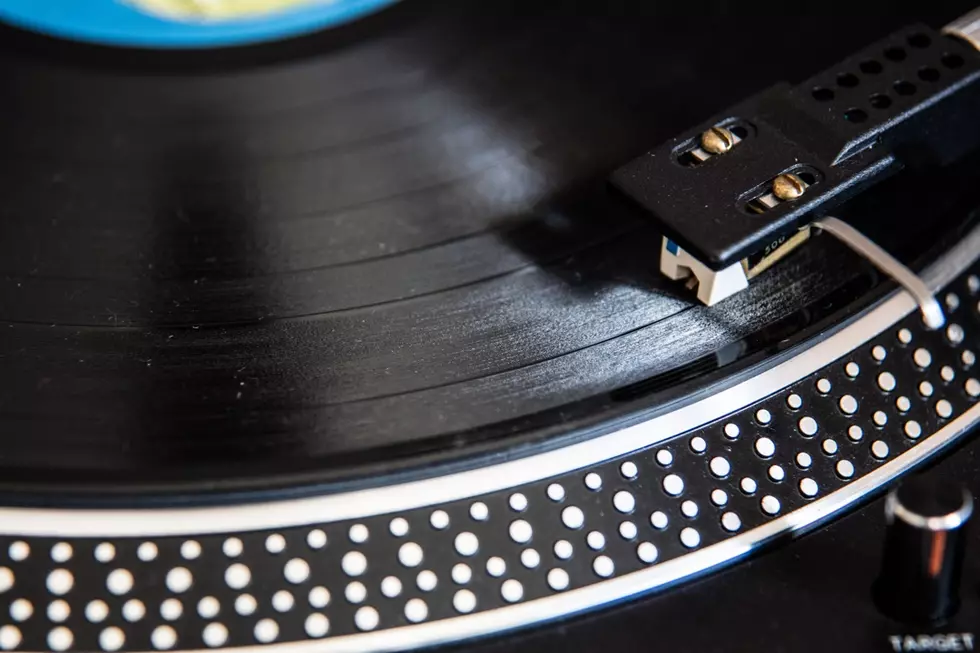20 Years Ago: Pavement Decides to ‘Brighten the Corners’ of Their Sound
Pavement’s fourth record, Brighten the Corners, was a divisive one among fans, critics and anyone who had been tracking the guitarchitecture of the California indie rockers for the past few years. It seemed, in 1997, that how much you enjoyed Brighten the Corners depended on how much you had taken to 1995’s Wowee Zowee.
It appeared (and frontman Stephen Malkmus later admitted) that the then-new album was a reaction against its predecessor. Brighten the Corners was tighter with less lackadaisical lyrics and a greater emphasis on melody. With the tuneful “Stereo” and “Shady Lane” leading the way, it was more accessible.
Those who had found Wowee Zowee unfocused celebrated the shift. The people who got off on the wild diversity of that album were disappointed by this one. If they couldn’t cry sell-out (Pavement was still on indie Matador without any significant American hits to the band’s credit), they might consider it a betrayal. Looking back, Malkmus just described Brighten the Corners, and its process, as different.
“That was our most band-oriented album,” Malkmus told Pitchfork in 2009. “Everyone played more instruments, and like, Bob Nastanovich double-drummed on a couple songs. Mark [Ibold] played bass on almost all the songs. The ones before that were a little more controlled by me, and Scott [Kannberg] to a lesser extent, in terms of the songs and playing on the records. We were an established brand name by that point, like most bands after four albums.”
The members of Pavement were also confronting their influence on indie and alternative rock at this point. When Blur switched from Britpop to a more ragged sound around the same time as Brighten the Corners, members Damon Albarn and Graham Coxon namechecked Pavement in every interview. Other indie bands were counting the band as a major inspiration.
So changing the approach could put some distance between Pavement and the bands riding its coattails. One switch was that the band members practiced the material before recording it – something Pavement hadn’t done before.
“We went to [drummer] Steve West's house for 10 days before we went to Mitch Easter's, where we recorded it,” Malkmus remembered. “It was a little more focused I guess.”
Easter, the Let’s Active member and early R.E.M. producer, had a creative effect on the sound of Brighten the Corners, as did Bryce Goggin, who had mixed Pavement’s previous two LPs. Easter and Goggin served as unofficial co-producers – mostly because the band were against the idea of being “produced” by anyone but themselves.
Goggin “had a lot to do with how [Brighten the Corners] sounded. He did a great job – he’s definitely creative,” Malkmus told Tape Op. “So he gets credit, but he could’ve been called the producer of the last album if he had really pressed for it, but we were sort of against that title anyway. We still are, we don't think we ever get produced, but by this point it’s sort of old.”
Of course, these changes were still by degrees. Malkmus and Kannberg (who contribute two songs) still wrote strange lyrics designed to obfuscate, or at least take the long way around to anything resembling emotions. They mixed seemingly earnest statements with jokey asides about Rush singer Geddy Lee or mysterious metaphors (“One of us is a cigar stand”).
And the two guitarists continued to play in alternate tunings, making chiming, prickly behemoths out of their instruments. While some writers thought these songs lacked the scale of previous Pavement compositions, others felt that Brighten the Corners provided a foundation to better appreciate the guitar workouts.
That appeared to be borne out by rock fans, who pushed Pavement to its highest position on the Billboard 200 (No. 70) and gave the band its first Top 40 hit in the U.K. (with “Shady Lane”). Drummer West gave the album his stamp of approval, claiming, “Brighten the Corners brought us back.”
As recording artists, Pavement would only last for one more album (1999’s Terror Twilight), although the band remains hugely influential and relevant. This is partially the result of the acclaimed deluxe reissues of the band’s first four records – including Brighten the Corners, which seems to inspire less distaste among a certain set than it once did. Years after Pavement broke up, Malkmus seemed to prefer Wowee Zowee over its follow-up, while indicating there was room for both records in the catalog.
Wowee Zowee “turned out to be a cool, cool album,” he said. “It’s cooler than Brighten the Corners; it’s not better maybe, but it’s definitely cooler.”
The 50 Most Influential Artists of the 21st Century
More From Diffuser.fm









